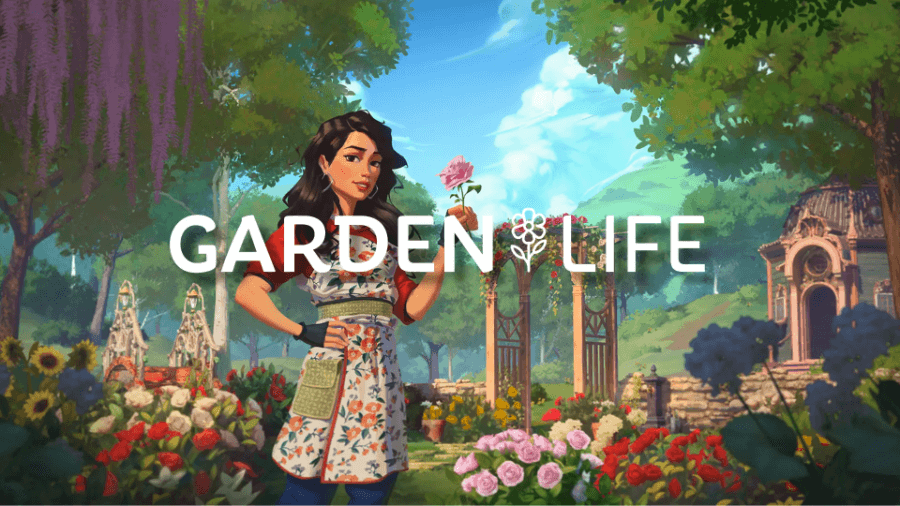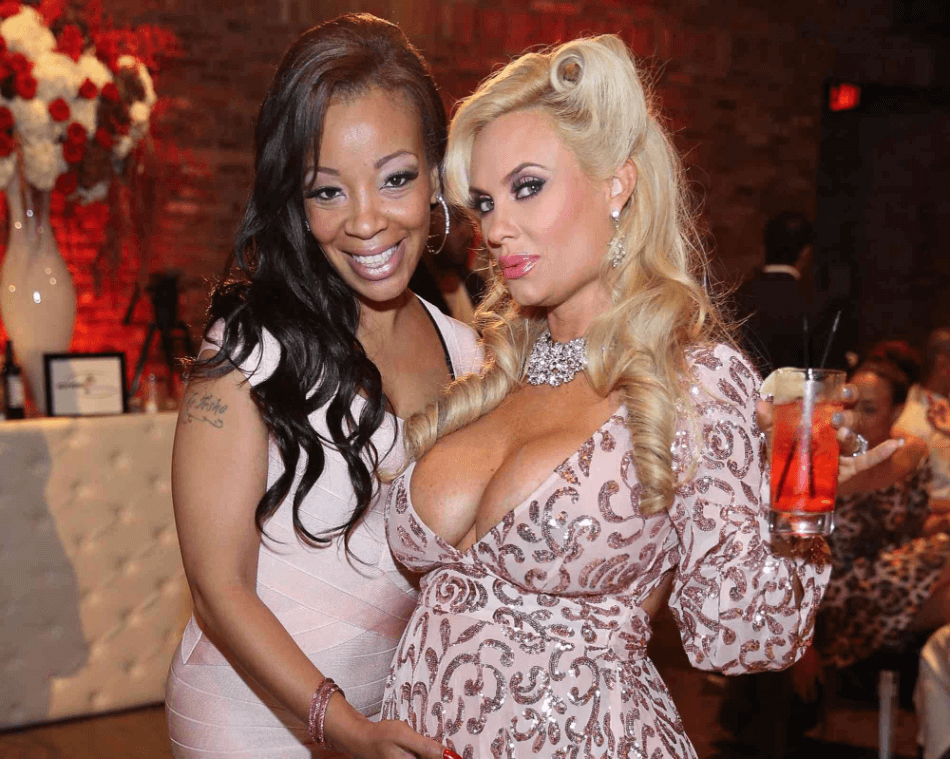📑Table of Contents:
Halloween, with its costumes, candy, and haunted houses, is now one of the most celebrated holidays worldwide. But behind the fun and festivities lies a long history that goes back thousands of years. What we celebrate today as Halloween has its roots in ancient Celtic traditions, blending rituals from different cultures, religions, and regions over time.
Originally, Halloween wasn’t about trick-or-treating or carved pumpkins. It was a time when people feared winter and believed that the boundary between the living and the dead was at its weakest. As we explore the fascinating evolution of Halloween, you’ll discover how a Celtic festival morphed into a holiday filled with fun, fear, and festivity.
Let’s explore Halloween’s spooky journey through history and how it became today’s globally beloved celebration.

1. The Ancient Roots
The earliest origins of Halloween date back more than 2,000 years to the Celtic festival of Samhain (pronounced “Sow-in”). The Celts, who lived in what is now Ireland, the UK, and northern France, celebrated their New Year on November 1st. This day marked the end of the harvest season and the beginning of winter, a time often associated with death and darkness.
For the Celts, the night before the New Year, October 31st, was when the veil between the world of the living and the dead was at its thinnest. On this night, the spirits of the deceased were believed to roam the Earth. Some spirits were benevolent, while others were thought to cause trouble by damaging crops or playing tricks on the living.
To ward off these mischievous spirits, the Celts lit large bonfires, offered sacrifices of crops and animals, and wore disguises made from animal skins to confuse the spirits. The festival of Samhain was both a celebration and a solemn observance, preparing people for the dark months ahead while respecting the power of the supernatural world.
How Samhain Influenced Halloween
The customs associated with Samhain—bonfires, costumes, and honoring the dead—became foundational to what we now know as Halloween. Many core elements we celebrate today, like wearing costumes and focusing on the supernatural, can be traced directly back to these early Celtic traditions.
2. Roman Influence
As the Roman Empire expanded into Celtic territories by 43 AD, it brought its customs and festivals, many of which became intertwined with Samhain. Two Roman celebrations, in particular, merged with the Celtic traditions of Samhain over time.
The first was Feralia, a Roman festival in late October that honored the dead. The second was a celebration dedicated to Pomona, the Roman goddess of fruits and trees. Pomona’s symbol was the apple, likely where the Halloween tradition of bobbing for apples originated.
While the Romans brought new layers of symbolism to the Celtic festival, the central themes of death, harvest, and honoring the spirits remained strong. Blending these traditions helped shape Halloween into a more complex festival that reflected the convergence of cultures.
Roman Contributions to Halloween
The introduction of Roman customs like honoring Pomona introduced elements of celebration and abundance. The apple, a symbol of harvest and life, also entered Halloween activities. These Roman influences laid the groundwork for Halloween’s evolution into a holiday celebrating food, abundance, and fun alongside its darker elements.
3. Christian Influence (All Saints and All Souls Day)
By the 9th century, Christianity had spread throughout much of Europe, gradually absorbing local pagan traditions into its religious practices. In 835 AD, Pope Gregory IV declared November 1st as All Saints’ Day, a time to honor saints and martyrs. This day was also called All Hallows’ Day, and the night before, October 31st, became known as All Hallows’ Eve—later shortened to Halloween.
In 1000 AD, the Church further expanded these celebrations with All Souls’ Day on November 2nd, a day dedicated to praying for the souls of the deceased. This holiday was celebrated with bonfires, parades, and people dressing as saints, angels, and devils.
Rather than erasing Samhain, these Christian observances co-opted and transformed the holiday’s focus. Where Samhain had honored spirits and the natural cycle of life and death, the Church shifted Halloween to a more religious observance of saints and souls yet retained many of the festival’s spooky, ghostly themes.
The Christianization of Halloween
The Church’s incorporation of pagan practices allowed Halloween to survive while changing its meaning. What was once a pagan festival became a hybrid celebration, blending the solemn Christian observance of saints with the lingering influence of the Celtic beliefs in the supernatural. The name “Halloween” evolved from this blend, and the focus on honoring the dead remained central to the holiday.
4. Halloween Travels to America

It wasn’t until the 19th century that Halloween started to gain popularity in the United States, largely due to Irish and Scottish immigrants who brought their traditions across the Atlantic. In particular, the Irish Potato Famine of the 1840s brought a massive wave of Irish immigrants, who brought Halloween customs like carving jack-o’-lanterns and dressing up in costumes.
Halloween took on a new life as an American tradition during this period, though it was initially celebrated more in small communities through parties, storytelling, and games. The practice of going door to door, asking for food or money, began to transform into what we now recognize as trick-or-treating.
By the early 20th century, Halloween was becoming more widespread across the United States. Community events, neighborhood parties, and costume parades became popular. The holiday slowly lost its emphasis on ghosts and spirits and became more of a community-based, family-friendly celebration.
The Growth of Trick-or-Treating
Trick-or-treating, as we know it, started to take shape in the 1920s and 1930s. Children would go door to door asking for treats, often in exchange for a small performance like a song or a joke. By the 1950s, this custom became widespread, and candy replaced earlier offerings like food and small gifts, becoming the primary treat. Trick-or-treating became one of Halloween’s most beloved traditions.
5. Halloween in the Modern Era
Today, Halloween is celebrated worldwide, although its form varies from country to country. In the United States, Halloween has grown into a massive commercial holiday. Americans spend billions of dollars yearly on costumes, candy, and decorations, making it the second-largest commercial holiday after Christmas.
Costume parties, haunted houses, horror movie marathons, and elaborate yard displays are now key elements of modern Halloween. While the themes of ghosts, witches, and the supernatural have persisted, the holiday has become playful, celebratory, and more about community and fun than fear.
Halloween has spread beyond North America to countries like Canada, the United Kingdom, Australia, and even parts of Asia. While the holiday has been adapted to fit local customs, the central themes of costumes, parties, and candy remain strong in these places. For example, in Mexico, Halloween is celebrated alongside the Día de los Muertos (Day of the Dead), a vibrant and colorful holiday that honors the deceased.
The Role of Halloween in Popular Culture
Films and Television
- “Halloween” (1978): Iconic slasher film that established many horror movie tropes.
- “Hocus Pocus” (1993): Family-friendly classic that revived interest in Halloween traditions.
- “The Nightmare Before Christmas” (1993): Blends Halloween and Christmas, becoming a cult favorite.
- “It’s the Great Pumpkin, Charlie Brown” (1966): A beloved animated special that introduced Halloween to a younger audience.
- “Scream” (1996): Revived slasher films and also changed the horror genre’s approach to self-awareness.
Music and Art
- “Thriller” by Michael Jackson: Influential music video featuring Halloween imagery and themes.
- “Monster Mash” by Bobby “Boris” Pickett: A Halloween staple that combines humor with spooky themes.
- Gothic Art: Artists incorporate Halloween elements, using darker themes and imagery.
- Pumpkin Carving Art: Elevating jack-o’-lanterns to artistic expressions at Halloween festivals.
- Haunted House Installations: Artistry in designing elaborate haunted attractions that engage audiences.
Halloween Superstitions and Folklore
Common Beliefs
- Avoiding Black Cats: Believed to bring bad luck if crossed one’s path.
- The Number 13: Considered unlucky, often associated with Halloween’s eerie atmosphere.
- Witch’s Familiar: Owls and also black cats are seen as witches’ companions.
- Breaking Mirrors: Thought to bring seven years of bad luck, especially on Halloween.
- Bats and Spirits: Bats are believed to be spirits of the dead returning.
Folklore and Legends
- Jack-o’-Lantern: Originated from a tale of Jack, who tricked the devil.
- The Legend of Sleepy Hollow: Features the Headless Horseman haunting the town.
- Ghost Stories: Many cultures share ghost tales about the dead returning on Halloween.
- Will-o’-the-Wisp: Folklore of glowing lights leading travelers astray at night.
- La Llorona: Also, a weeping ghost legend warning children to stay away from water.
Halloween’s Commercialization and Global Reach
Moreover, the commercialization of Halloween has only increased over time. Today, Halloween decorations start appearing in stores as early as September, and the variety of costumes and themed merchandise grows each year. While the holiday has become less about its ancient and religious origins, it remains deeply rooted in the idea of transformation—whether through costumes, storytelling, or celebrating life in the face of the darker seasons.

Wrap-up!
In conclusion, Halloween’s journey from an ancient Celtic festival to a globally celebrated holiday is a fascinating reflection of how cultures evolve and adapt. What started as a festival to honor the dead and protect the living from spirits has transformed into a celebration of community, creativity, and playful fright. Over the centuries, Halloween absorbed elements of Roman traditions, Christian observances, and regional customs, leading to the rich tapestry of practices we see today.
Whether you’re trick-or-treating, carving a jack-o’-lantern, or throwing a costume party, you’re participating in a tradition that stretches back thousands of years. From Samhain to modern-day Halloween, the holiday continues to evolve. Still, its core themes of honoring the unknown, embracing the supernatural, and finding joy in the eerie remain the same.
As Halloween continues to spread and evolve, one thing is clear: our fascination with the spooky and the supernatural will never fade.





